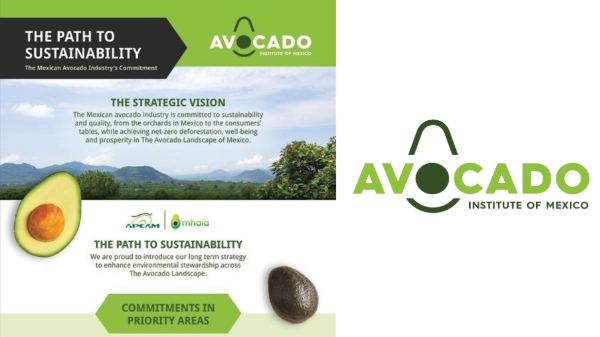Welcome to Blue Book!
Are you ready to join the thousands of companies who rely on Blue Book to drive smarter decisions? View our plans and get started today!
Still have questions? We’d love to show you what Blue Book can do for you. Drop us a line– we’ve been waiting for you.

Of particular note will be the reduction or elimination of seasonal tariffs that have ranged from 7 to 17 percent, opening the door wide to Japanese consumers, who have shown an increasing appetite for Western fruits and vegetables. In 2012, Japan imported 1.2 million boxes of California table grapes, valued at $26 million.
The world’s top grape exporter, Chile, shipped over 850,000 metric tons in 2012. Mexico also ships to more locations than its nearby North American trading partners, sending an increasing number of boxes to New Zealand, the European Union, and Southeast Asia.
Countries that have seen the most significant rise in imports over the last five years include China (from 47,000 tons in 2007 to 180,000 tons in 2012), Hong Kong (80,000 to 145,000 tons), South Korea (34,000 to 65,000 tons), and Indonesia (27,000 to 55,000 tons).
Up and Up
Louie Galvan, director of Delano, CA-based Fruit Royale, Inc., a grower-shipper and import/export firm of a variety of fruits and melons, confirms a high level of exports, predominantly to China and Southeast Asia. The only change he sees in the coming years is a positive one, with “demand going up and up.”
Globally, both grape production and consumption rose by 20 percent in the past five years, according to the U.S. Department of Agriculture (USDA) Foreign Agricultural Service (FAS). Total production reached over 17.1 million metric tons. The majority of this growth was found in China, the world’s top producer, accounting for 40 percent of total supply—nearly all of which was consumed in the country. To meet skyrocketing demand, China augments supply with imports—which have tripled over the last five years per FAS figures—primarily from Chile.
Hitting A Milestone
Breaking the Record
The table grape industry had an extraordinary harvest for the 2012 season, not only surpassing the record-breaking 100 million boxes (with 101.5 million boxes), but shipped its bounty to more than 60 countries worldwide. Reaching the milestone took just over 40 years, with steadily climbing production from a modest 20 million boxes in the 1970s to the halfway mark in the 1980s, and coming very close in both 2010 and 2011.
In seasonal pricing per ton, rates rose significantly over the last few years for California’s prime table grapes: 2010 prices were $382 per ton, $809 per ton for 2011, then climbing to over $1,200 per ton for 2012 according to the USDA’s National Agricultural Statistics Service. The value of utilized production rose from $386.5 million in 2010 to $834.7 million in 2011 and up to $1.18 billion for 2012.








